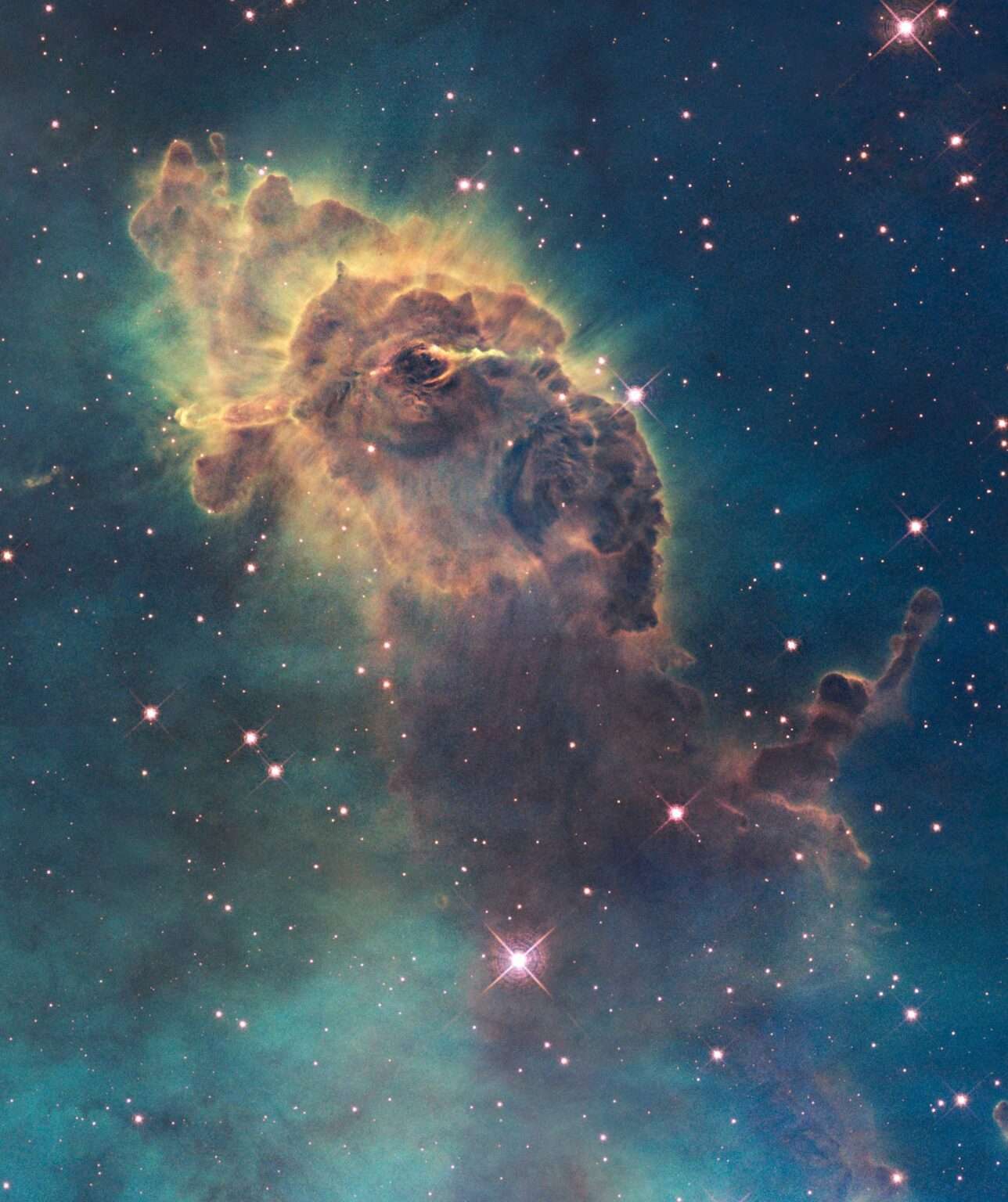
We report the detection of 1701 new asteroid trails identified in archival HST data via our citizen science project and the subsequent machine learning exploration of the ESA HST science data archive.
Hubble telescope images archive#
We used the labels provided by the volunteers to train an automated deep learning model built with Google Cloud AutoML Vision to explore the entire HST archive to detect asteroids crossing the field-of-view. We developed a citizen science project on the Zooniverse platform, Hubble Asteroid Hunter, and have asked members of the public to identify asteroid trails in archival HST images. We aim to identify asteroids in archival images from the ESA Hubble Space Telescope (HST) Science data archive using data mining. These unbiased surveys can be used to constrain the size distribution of minor bodies, which represents a piece of the puzzle for the formation models of the Solar System.Īims. However, advanced techniques are required to deal with the large amounts of data. Large and publicly available astronomical archives open up new possibilities to search for and study Solar System objects. QUASAR SCIENCE RESOURCES for European Space Agency (ESA), European Space Astronomy Centre (ESAC),Ĭontext. SERCO for European Space Agency (ESA), European Space Astronomy Centre (ESAC), RHEA for European Space Agency (ESA), European Space Astronomy Centre (ESAC), Université Côte d’Azur, Observatoire de la Côte d’Azur,

Max-Planck-Institut für extraterrestrische Physik (MPE),Į-mail: Space Agency (ESA), European Space Research and Technology Centre (ESTEC),ĭepartamento de Física Teórica, Universidad Autónoma de Madrid,Īstronomical Institute of the Romanian Academy,Įuropean Space Agency (ESA), European Space Astronomy Centre (ESAC), Sandor Kruk 1 ,2, Pablo García Martín 3, Marcel Popescu 4, Bruno Merín 5, Max Mahlke 6, Benoît Carry 6, Ross Thomson 7, Samet Karadağ 8, Javier Durán 9, Elena Racero 10, Fabrizio Giordano 10, Deborah Baines 11, Guido de Marchi 2 and René Laureijs 2



 0 kommentar(er)
0 kommentar(er)
